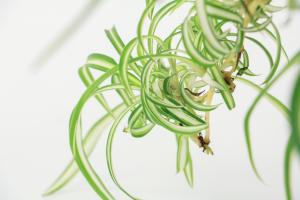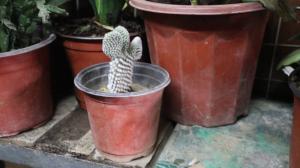How to Plant Citrus Trees in Florida
Florida is well-known for its citrus orchards, and with the right know-how, you can grow your own citrus trees in your backyard. Citrus trees are relatively easy to grow, and they give you delicious fruit year after year. In this article, we’ll show you how to plant citrus trees in Florida so you can enjoy an abundance of fresh fruit.
Choose the Right Location
The first step in planting citrus trees in Florida is finding the perfect location. Citrus trees need a lot of sunshine and warm temperatures, so make sure to find an area in your yard that gets a lot of direct sunlight. Also, citrus trees prefer well-drained soil, so make sure the area you choose has good drainage.
Select the Right Tree
When it comes to selecting a citrus tree, you have many options. Some popular choices include orange, lemon, lime, and grapefruit. When choosing a tree, make sure to select a variety that is well-suited for the Florida climate. Valencia oranges and Persian limes are two examples of citrus trees that grow well in Florida.
Prepare the Soil
Before planting your citrus tree, it’s important to prepare the soil. To do this, add organic matter to the soil to improve its fertility and drainage. You can use compost or well-rotted manure in combination with the existing soil to improve its quality. It’s also a good idea to test the soil pH to make sure it’s in the range of 5.5 to 7.0 for citrus trees.
Plant the Tree
Once you’ve prepared the soil, it’s time to plant your citrus tree. Dig a hole that is twice the size of the tree’s root ball. Gently remove the tree from its container and place it in the hole. Make sure the soil is level with the top of the root ball. You can add a layer of mulch around the base of the tree to help retain moisture.
Care for Your Tree
Citrus trees in Florida require regular care to thrive. Here are some tips to help you care for your citrus tree:
Water your tree regularly, especially during dry periods
Fertilize your tree twice a year, once in the spring and once in the fall
Prune your tree to remove dead or diseased branches
Protect your tree from pests and diseases
Harvest Your Fruit
After a few years, your citrus tree will start to produce fruit. You can harvest the fruit once it ripens and is ready to eat. Make sure to pick the fruit before it falls and is damaged. Citrus fruit can be stored in the refrigerator or used to make delicious juice or recipes.
Conclusion
Growing citrus trees in Florida is a rewarding experience, and with a little effort, you can enjoy an abundance of fresh fruit. By selecting the right location, tree, and soil and caring for your tree properly, you can ensure a healthy and productive tree for many years to come.

 how many times do yo...
how many times do yo... how many planted tre...
how many planted tre... how many pine trees ...
how many pine trees ... how many pecan trees...
how many pecan trees... how many plants comp...
how many plants comp... how many plants can ...
how many plants can ... how many plants and ...
how many plants and ... how many pepper plan...
how many pepper plan...
































